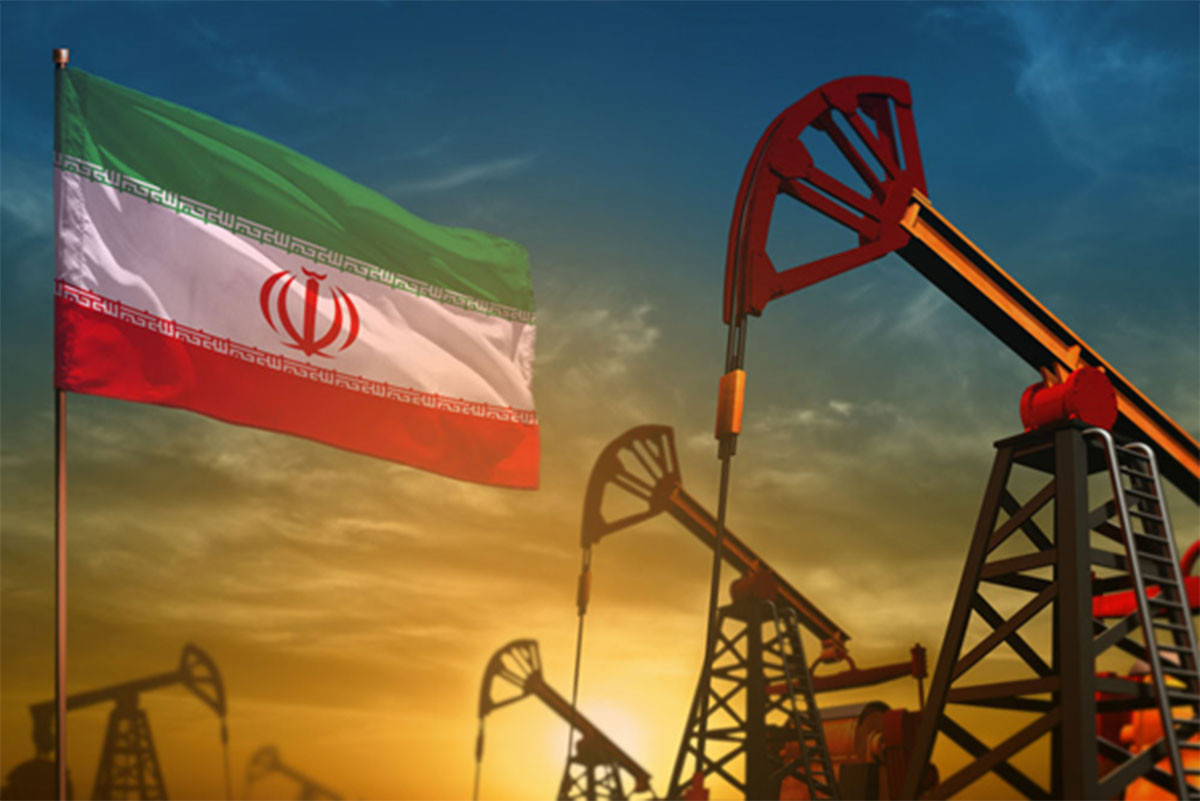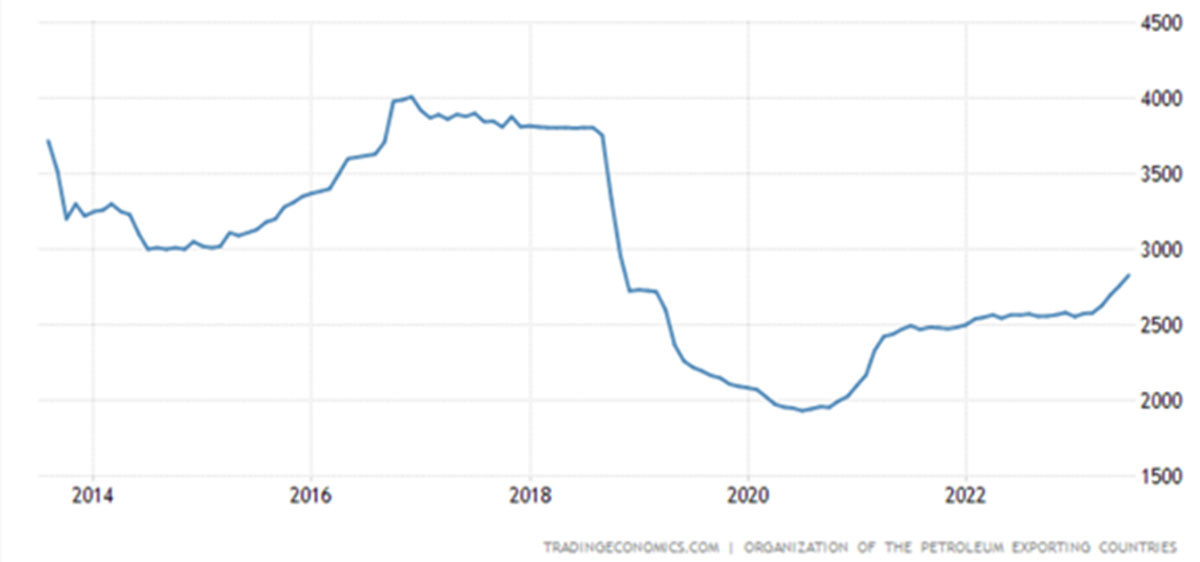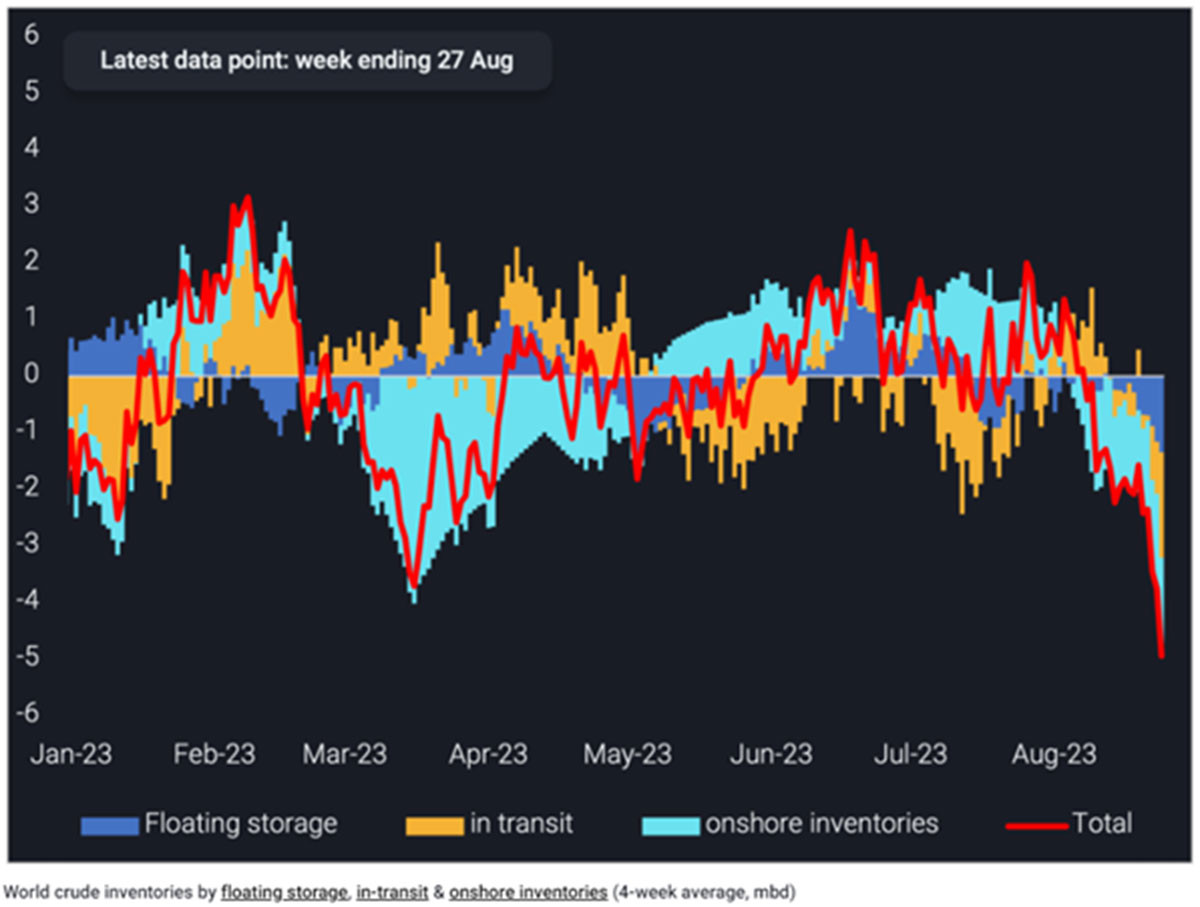Sanctions on Iran’s oil exports were imposed in 2018, after the United States unilaterally withdrew from the nuclear deal. Iran’s oil exports fell rapidly, from 2 million barrels per day to 0.7 million barrels per day. Domestic oil production fell from 3.8 million barrels per day to 2.5 million barrels per day in 2019 and below 2 million barrels per day in 2020.

Since President J. Biden took office, the US has been negotiating with Iran to restore the nuclear deal and lift sanctions. This process has been difficult and is still not complete, but Iran's production is gradually recovering.
The latest unofficial data (as Iranian tankers often hide their locations and use various methods to evade regulators) from various sources shows that Iran's oil exports are at their highest level since 2018.
According to Bloomberg data, in 2023, representatives of the US and Iran held informal talks and reached a number of agreements. This included easing sanctions on Iran's oil exports. The US is interested in easing the shortage of oil supplies on the world market, while also seeking to support competitors of Russian oil companies in the Asian region.
The US still closely monitors trade flows to Europe, Japan and South Korea, but has turned a blind eye to the surge in oil supplies to China. Global tanker tracking website TankerTrackers.com estimates that Iran is exporting more than 2 million barrels of oil a day to China.

In May 2023, the International Energy Agency estimated Iran's oil production at 3 million barrels per day, the highest since 2018. According to the agency, production in August 2023 could be even higher.
How Iran's oil will affect world oil prices
Supply growth is a factor in the decline in oil prices. According to Russian market assessment agencies, Iran's potential output growth is about 0.8 million barrels per day in the best-case scenario.
However, during the shutdown period due to sanctions, some oil wells may fail, so an increase of 0.3–0.5 million barrels/day seems more realistic over the next 6–8 months.

It is worth noting that Iran’s 3 million barrels per day of production did not help the international oil market escape from the deficit during the summer. The OPEC+ production cuts in July-August 2023 have caused global inventories to decrease rapidly, becoming one of the factors that pushed oil prices up.
That situation has forced the US to consider easing sanctions on Iran to ease fuel shortages and curb rising oil prices. The two countries' interests differ in many ways, but they coincide in increasing oil supplies.
In addition to Iran, some easing of sanctions against Venezuela, another oil producer under US sanctions, is expected. However, given the lack of investment in long-term production capacity, Venezuela is unlikely to increase production in the short term, so the potential for oil supply growth from the country in 2024 is very limited.
(According to bcs-express)

Source

























![[Photo] Signing of cooperation between ministries, branches and localities of Vietnam and Senegal](https://vphoto.vietnam.vn/thumb/1200x675/vietnam/resource/IMAGE/2025/7/24/6147c654b0ae4f2793188e982e272651)













































































Comment (0)